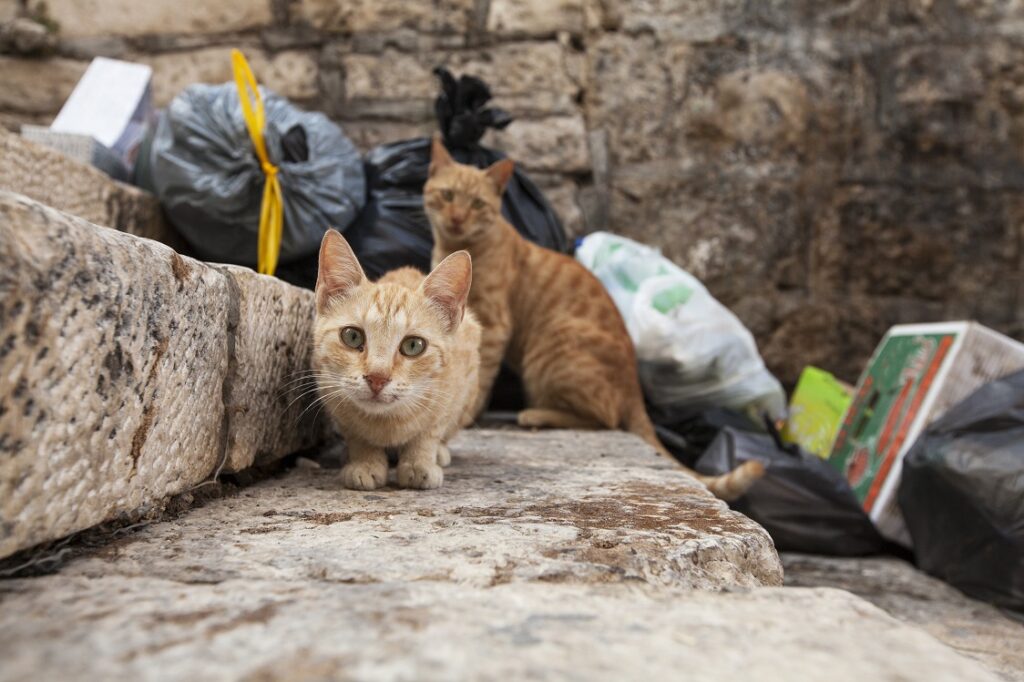Stray Animals in Malaysia – Why So Many, and What’s Really Going On?

Walk through any Malaysian city, suburb, or village, and you’ll see them: street dogs curled up by food stalls, cats rummaging through rubbish bins. Some look fine. Many don’t. And sadly, the more visible they are, the more they’re misunderstood or even mistreated.
It’s time we talk honestly about why Malaysia has such a large stray population, what these animals go through, and why blaming them is not only unfair but it’s part of the problem.
Why Are There So Many Strays in Malaysia?
Stray animals are not just the result of animals “running wild.” They’re a human-made issue and the root causes aren’t pretty:
1. Pet Abandonment
Too many animals are dumped when owners get tired, move homes, or can't afford vet bills. There’s still a mindset that animals are disposable. That “it’s just a cat” or “it can survive outside.” But most pets are not equipped to survive on the streets — they get injured, starve, or worse.
2. Lack of Mandatory Sterilisation
Unlike countries with strict animal control policies, Malaysia lacks enforcement of spay/neuter laws. Most pets are never sterilised, especially in rural or lower-income areas. Even without the law, the idea of neutering the pet is often being seen as cruel, inhuman, god playing. As a result, one pair of stray cats can lead to over 400,000 descendants in seven years. Dogs? Same story. A few become dozens and the street couldn’t keep up in no time.
3. Feeding Without Responsibility
Kind-hearted feeders sometimes feed colonies without sterilising or managing the group. While feeding is compassionate and I am forever grateful that we have kind hearted feeders/rescuers, it can however unintentionally lead to rapid breeding if TNR (Trap-Neuter-Return) isn’t also involved.
4. Weak Enforcement of Animal Welfare Laws
Malaysia has the Animal Welfare Act 2015, but enforcement is inconsistent. Illegal abandonment, neglect, and abuse often go unpunished. Pet shops still sell unneutered animals without vetting buyers.
Not Just a Symptom: Stray Animals Are a Consequence of Urbanisation
In Malaysia, stray dogs on the road are often seen as a nuisance, even a danger. But here’s the deeper truth: they are not a symptom of poverty or chaos but a direct byproduct of rapid, unbalanced urbanisation.
As we continue to develop cities and suburbs at lightning speed, here’s what’s happening:
- Green spaces and quiet shelters where stray animals once hid are demolished.
- Construction waste and garbage attract scavenging cats and dogs.
- Displaced animals are pushed into human-dense areas where conflict arises.
According to the Department of Veterinary Services (DVS), there were over 118,000 cases of stray dog complaints recorded in 2022 alone — and that’s only what's officially reported.
Penang, Selangor, Johor, and Sabah continue to top the list of states with the highest reported stray-related incidents. Yet, few policies focus on prevention through sterilisation and responsible pet ownership but most still rely on outdated "catch and cull" methods.

Myth: But they look fine and “Freedom”. NO! It’s Survival
We often hear: “They look fine. Let them be.” But most strays suffer silently:
Severe mange causes open wounds, crusted skin, and unbearable itching
- Worms and parasites weaken the body and cause chronic diarrhea
- Starvation is common, especially in younger animals who can’t compete for scraps
- Tick fever, parvovirus, and distemper are deadly but rampant
- Fractures, road trauma, and infected wounds go untreated
Some strays become aggressive due to pain, starvation, or repeated abuse. But aggression is not their nature — it’s a defense mechanism.
Stigma, Hate & Abuse: The Cruel Reality
Here’s where it gets dark.
Strays are often seen as:
- “Dirty”
- “Disease carriers”
- “Dangerous”
- “A nuisance”
This stigma leads to cruel behavior such as beatings, poisoning, glue traps, shooting, drowning, and burning. It happens every day across the country, often unnoticed or unpunished.

Bottom Line: The Problem is Us. And So is the Solution!
If stray dogs and cats are everywhere, it’s not because they want to be. It’s because we let it happen, through abandonment, neglect, misinformation, and poor policy.
“But that also means we have the power to fix it”
Stay tuned for Part 2, where we’ll dive into real solutions: What is TNR? Why killing doesn’t work? What you can do in your community even if you’re just one person.
References:
BERNAMA. (2025, July 25). DVS records 12,417 animal abuse, neglect cases since 2021. BERNAMA. https://www.bernama.com/en/news.php?id=2447072
BERNAMA. (2025, August 5). Urban development pushes wildlife and strays into residential areas. BERNAMA. https://www.bernama.com/en/bfokus/news.php?id=2450868
Department of Veterinary Services Malaysia. (2023). Annual report 2022. Ministry of Agriculture and Food Security. https://www.dvs.gov.my















